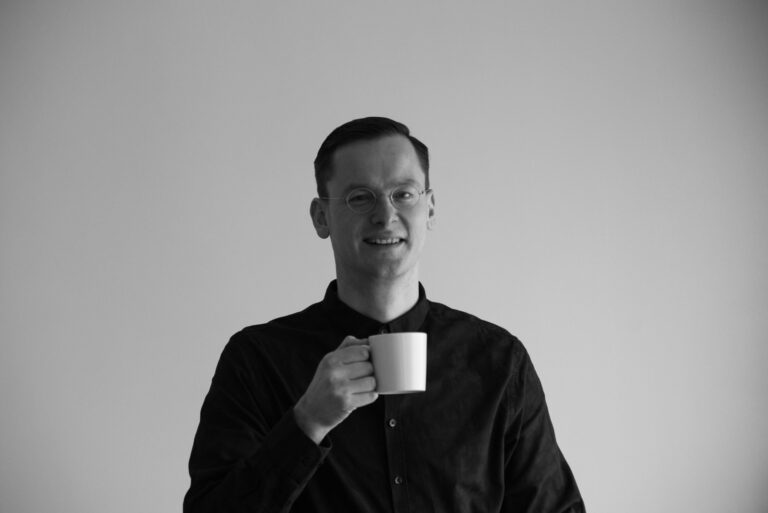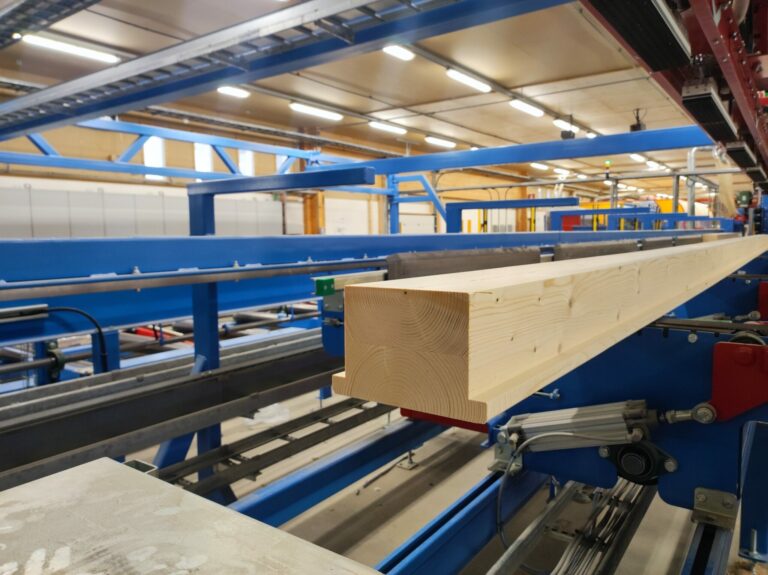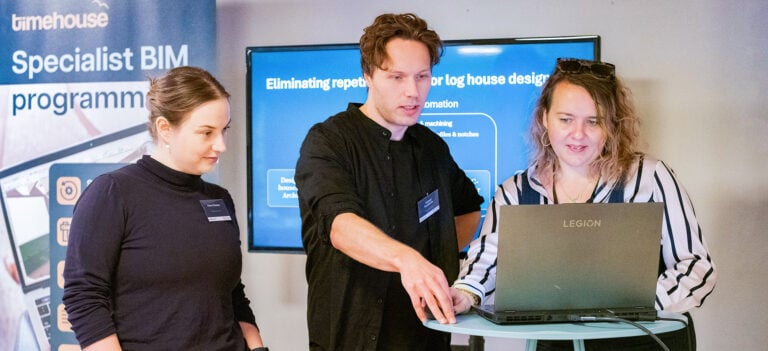Multidisciplinary BIM projects where we work with engineers, element designers, BIM coordinators, and architects are the norm around here. But after many years of Archicad and other CAD and BIM software development, what key lessons can we share?
Read on for our BIM development takeaways that are useful for both developers and designers alike.
#1 Priority: Understand the realities of the industry
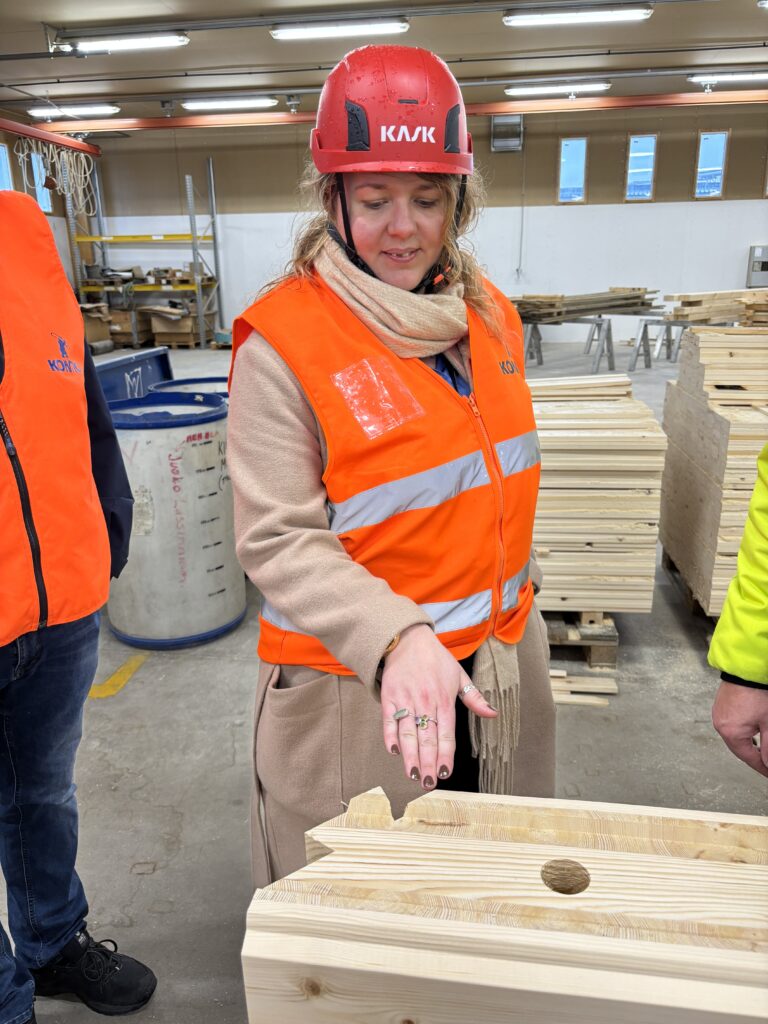
Probably the most important takeaway is the importance of understanding the industry itself (a tenet that applies to almost all software engineering).
Talking about element production processes is very different to seeing huge timber elements fly out of a CNC machine at an impressive rate. For us, seeing an element production factory in action very quickly clarified the reality of our coding and made our tech output a lot more useful to our clients.
We can use problem-solving and algorithms to make life in the factories easier and the factory can feed back to us the ways in which we can help reduce waste, speed up processing etc.
For anybody on the element designer/factory-side of the equation, a detailed explanation and introduction to the element production process will go a long way. Don’t be constrained by only talking about how things are currently done and what is currently possible, you should also explore the future and “what if” scenarios. If you can, share details on the other software used in production to help us explore integration possibilities.
Small changes end up having a huge impact on delivery
In an industry like construction, a lot of small changes can have a massive impact on bottom line and efficiency. A lot of our projects are a series of iterative changes and tweaks such as changing file formats, updating product catalogues and libraries, and customising element lists. It’s often worth spending time fixing the position of a single drilling or a single machining because that same operation could be done 1000s per build, 10000s times per year.
Keeping track of a constant flow of iterative changes is a challenge our development team is well-equipped to handle. When making a series of smaller development requests, try to give as much context and information as possible. Always reach out when you see a potential improvement or addition to an existing tool or workflow that would save you time, fixing it might not be an arduous task!
Software is only part of the story
Like with all the other development that we do, we are software agnostic: we work with the technology that our clients are using. As back-end coders and front-end developers, we have the ability to work with most CAD or BIM software on the market.
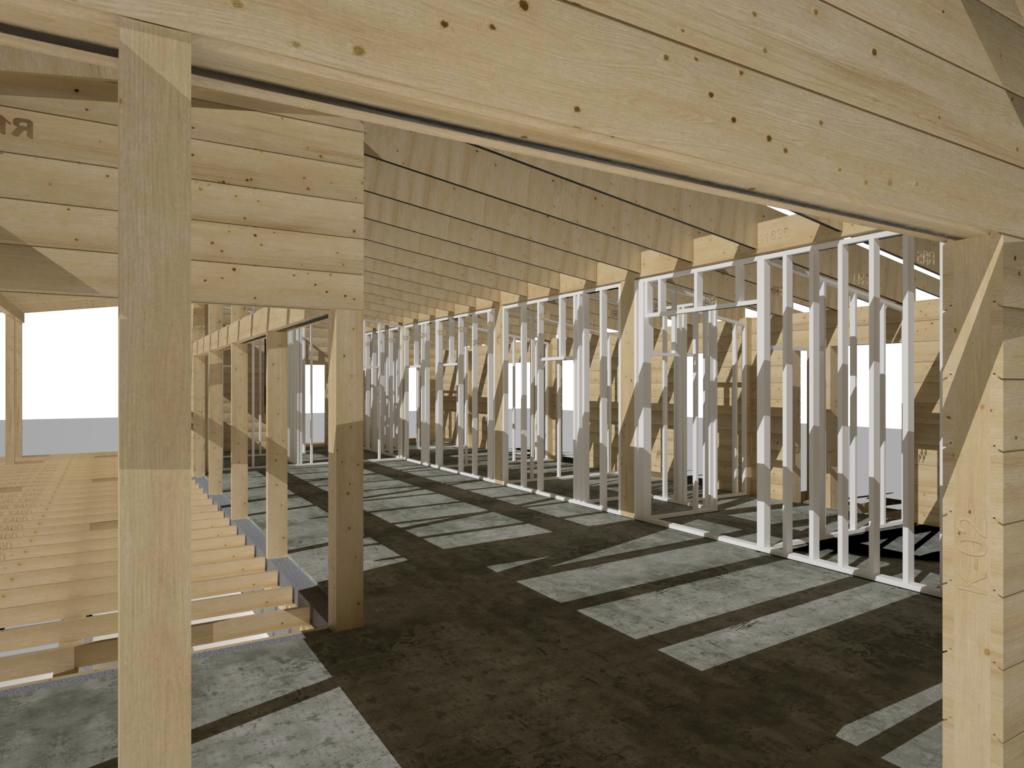
Having said that, we have worked closely with Archicad and Archicad add-ons. But even with software that you know well, every factory and user will have their own tweaks and hacks. Regardless of the software, there are always customisations and changes needed to the out-of-the-box workflows.
It’s very important when starting a project or working with a client to spend time really deep diving into their process, understanding how and why they use software, not just what software they use. If you have a BIM project you are hoping to commission, don’t try to get too technical too soon or try to pre-empt software choices. Focus on the process and the logic of the workflow first.
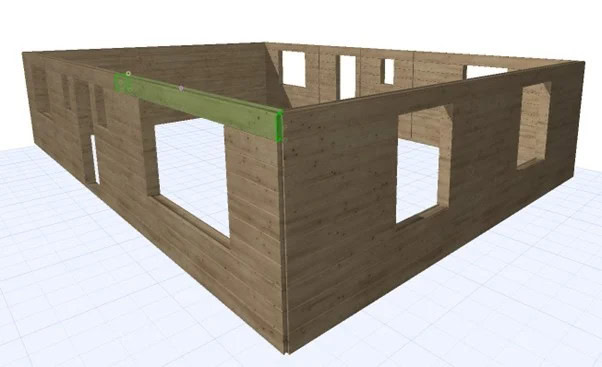
Communication and documentation are still king
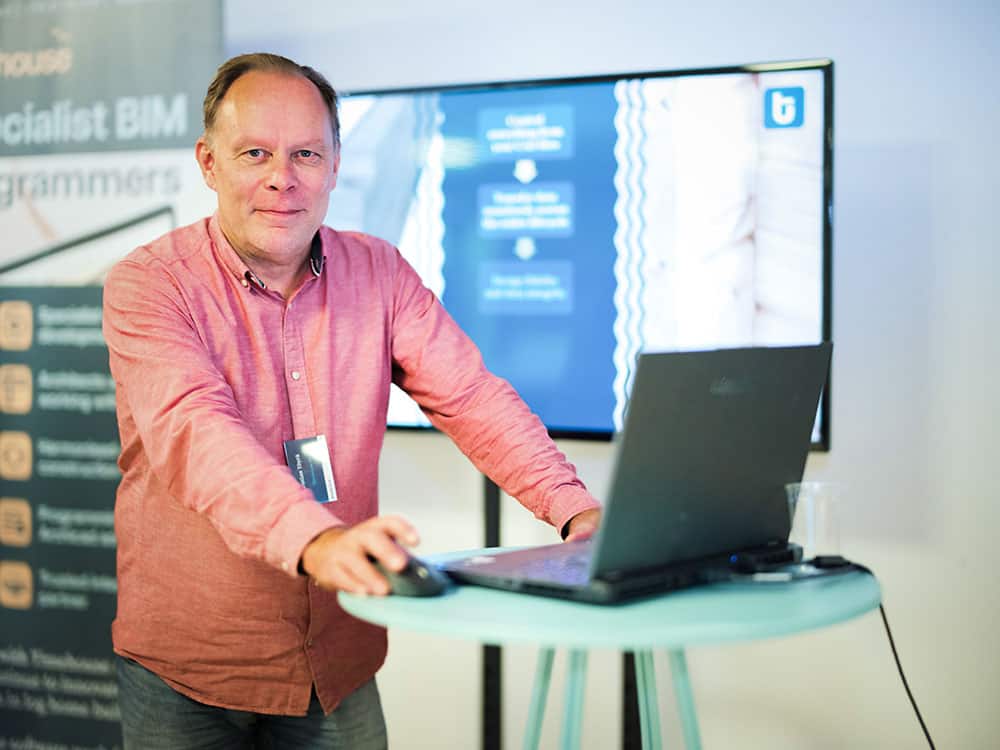
As with all of our development work, we want to make sure that working with us is as easy as possible. In a demanding industry like construction engineering, you need to have very clear specifications. You also need to be able to understand certain rules and parameters in order to solve problems efficiently.
This is where communication and documentation step in. We have a very clear process when it comes to raising support tickets and development tickets. We use a platform where everyone can share their ideas and comments in a single place. Ticketing is a very basic concept in software development, but using a ticketing tool effectively is an art.
We want to have good relationships with our clients and visit them and see them in person, but also champio efficient and comprehensive documentation. While we embrace automation, there’s also nothing better than just picking up the phone!
Try to be generous with your time when commissioning CAD or BIM development and spend time sharing documentation. Testing new software features is time well spent as it will help us understand your specific needs better.
Optimising building materials is an exciting area for future development
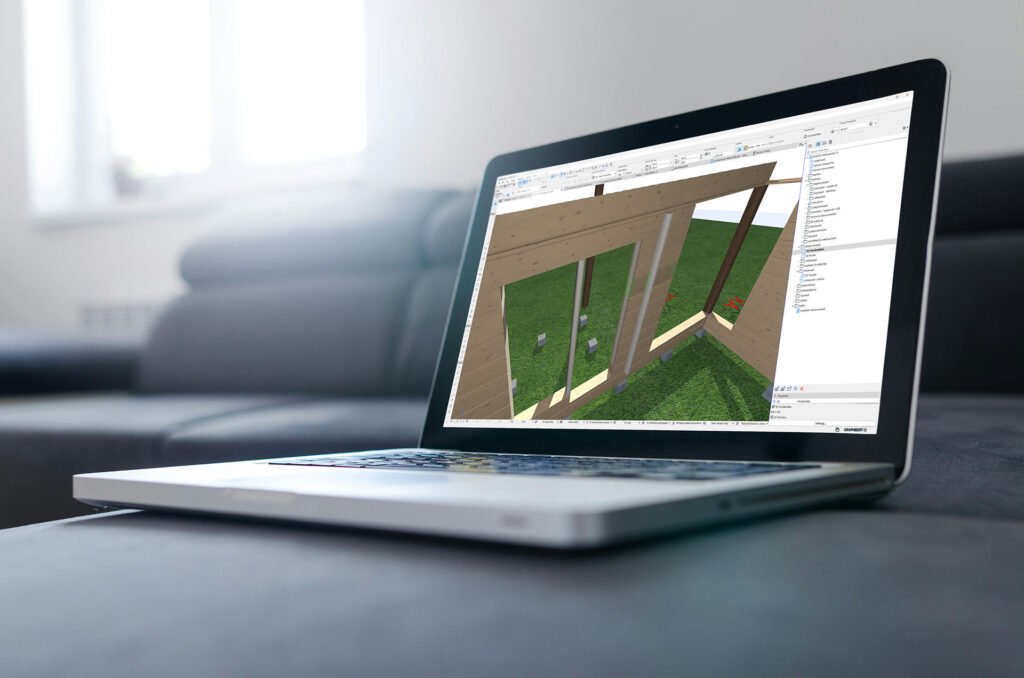
As well as creating better workflows and processes, optimising the actual raw material and trying to use algorithms to improve the efficiency of how elements are cut and how raw materials such as timber is used in production is an exciting area for development.
Optimising means less waste, better utilisation and can also help save money (and the environment).
Think about the ways in which waste is currently minimised – could that be optimised further? Manual processes are obviously still very valuable, but consider whether a more programmatic approach might also be explored….
More BIM team news here.
📢Subscribe to our newsletter!
Follow our journey, find out about our latest projects and exciting BIM news, and get exclusive access to our latest service and product launches.
Sign up for our boutique and low-key newsletter by entering your email below.

